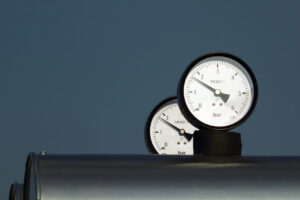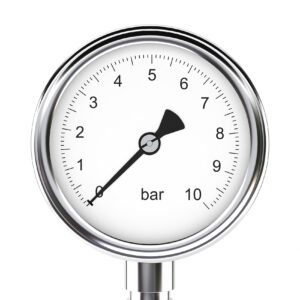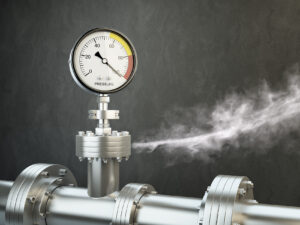Pressure gauge fittings are vital components in the instrumentation and measurement industry, facilitating the accurate and reliable connection of pressure gauges to the systems they monitor. These fittings have evolved alongside advancements in technology and industry demands, shaping the way pressure is measured and controlled.
Historically, pressure gauge fittings were simple mechanical devices designed to connect pressure gauges to pipes or vessels securely. Early iterations were often made of brass or other durable metals, featuring threaded connections to ensure a tight seal and prevent leaks. However, as industries evolved and faced more demanding operating conditions, the need for specialized fittings became apparent.
The development of pressure gauge fittings saw innovations in materials, designs, and functionalities. Stainless steel emerged as a preferred material due to its corrosion resistance and durability, making it suitable for harsh environments. Additionally, new sealing techniques such as compression fittings and O-rings were introduced to enhance reliability and prevent leakage.
As industries expanded and diversified, so did the requirements for pressure gauge fittings. Specialized fittings were developed to accommodate specific applications, such as high-pressure environments in oil and gas exploration or sanitary conditions in food and pharmaceutical industries. This led to the creation of a wide range of fittings, including diaphragm seals, capillary fittings, and manifold valves, each tailored to address unique challenges and requirements.
In recent years, advancements in technology have further revolutionized pressure gauge fittings. Digital pressure gauges, for example, require fittings capable of transmitting electronic signals accurately, leading to the development of electronic adapters and transmitters. Additionally, 3D printing and other manufacturing innovations have enabled the production of custom fittings with complex geometries, providing solutions to niche applications.
In conclusion, pressure gauge fittings have evolved from simple mechanical components to sophisticated instruments tailored to meet the diverse needs of modern industries. Through continuous innovation and adaptation, these fittings continue to play a crucial role in ensuring the accurate measurement and control of pressure in various applications.



